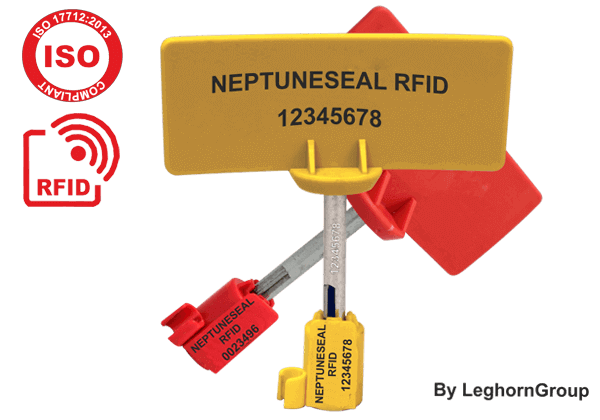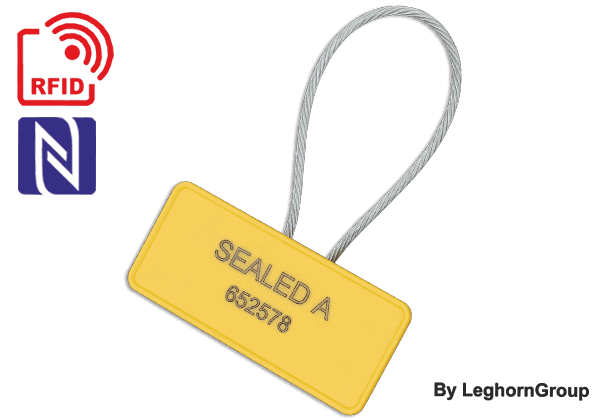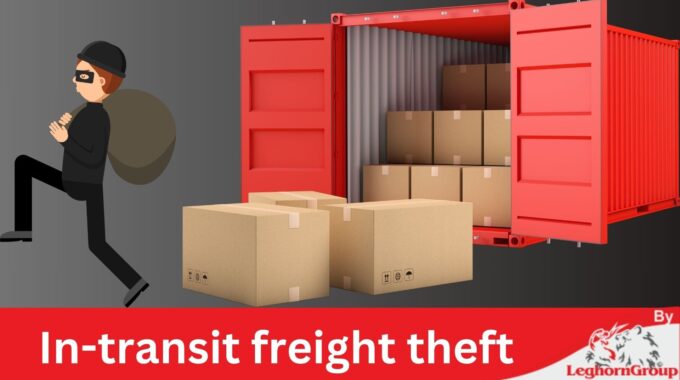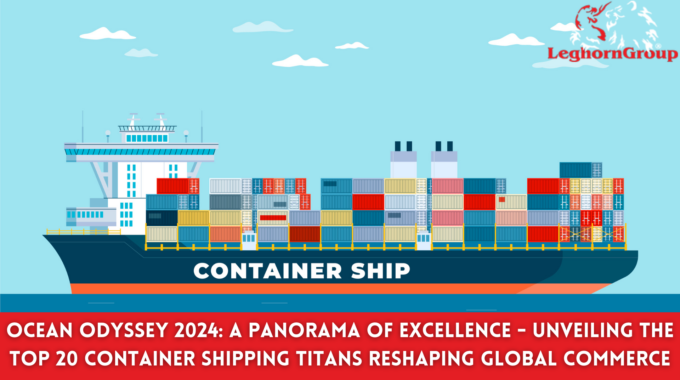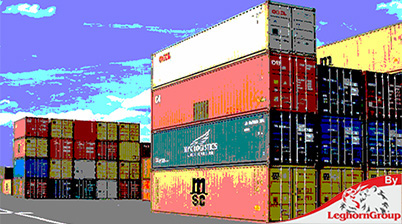In-transit freight theft has always been of great importance, since in addition to the damage…
Prevention of contamination and tampering of goods transported in containers, through the use of low cost electronic seals

Customs processes and electronic seal
The electronic seal is a protection and security device that accompanies the goods throughout the entire process.
1. EXPORT
The electronic seal is applied by the authorized Customs officer at the time of consolidation and closure of the container. The electronic seal accompanies the cargo to its final destination, providing pre-established information and allowing automatic control along the entire transport and logistics chain.


2. GOODS IN TRANSIT ON THE NATIONAL TERRITORY
The electronic seal is applied by the authorized Customs officer in the Customs of Entry and is validated and removed when the goods leave the country.
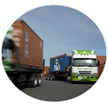

3. IMPORT
The electronic seal is applied by the authorized Customs officer in the Customs primary sector for those containers that go to the fiscal deposit, remaining until their final release once the cargo has been nationalized and delivered to the end customer.


Use of the e-seal 1/3

1. The customs officer authorized to operate on the system applies the e-seal assigned to the cargo and checks the adequacy of the cargo data associated with it, as per the documentation of each individual case.
Each e-seal contains a unique serial code, readable with an appropriate reader (mobile or fixed), as well as a code (alphanumeric or barcode) printed on the visible faces of the e-seal, thus also allowing visual inspection and traceability of the e-seal itself from production to final destruction.
Use of the e-seal 2/3

- Using the appropriate RFID reader, in accordance with the requirements established by the relevant authorization levels, the following operations are performed:
- Reading of the unique serial code of the e-seal and its status (Tamper / Not Tamper) and its validation with the code printed on the visible faces (this information is recorded into the reader memory).
- Possibility to enter further data during the process:
- Identification of the Customs officer
- ISO identifier of the container
- Customs documentation code
- Date and time of the operation
- Geographic coordinates of the reader’s location
- Photographic capture of the ISO code of the container and possibly the license plate of the vehicle carrying it
Use of the e-seal 3/3

3. With the information described, a single archive can be produced, indexable according to the criteria deemed appropriate.
Using the reader, it is possible to have real-time communication via GSM / GPRS or WiFi with a central server for information collection and processing.
Intermediate checks
DURING THE TRIP
IN DEPOSIT
Throughout the journey, the Customs officer and / or the Security Authorities, by using portable or fixed readers installed at the control points (gates, etc.,) can independently verify:
- The unique code of the e-seal;
- That the e-seal has not been tampered with;
- That the ISO code of the container, possibly stored in the e-seal that is read electronically, coincides with the code visible on its external face.
Use of the e-seal: in summary
E-SEAL APPLICATION
When the e-seal is applied, the following information can be electronically transferred to it:
- The ISO identification code of the container.
- Identification of the Customs officer who carried out the loading of the container.
TRANSPORT
At each stage and during transit it is possible to electronically check the status of the e-seal and the integrity of the information.
E-SEAL REMOVAL
At destination, after verifying the integrity of the information in electronic format, the e-seal is removed and destroyed.
Main technical-functional characteristics
- The RFID seals can be read by a manual reader at a distance between 0.5 and 1.5 m (depending on the type of reader) and by a fixed gate reader from a distance of 4 to 6 m.
- Automatic reading requires no line of sight with the e-seal and can be performed reliably even if the seal is dirty or in adverse weather conditions such as rain, fog, snow, and even at night.
- The RFID seal is read in less than 1 second.
- The unique code of the seal cannot be cloned or altered in any way.
- It is not reusable and once broken it no longer provides any information.
Conclusion
The described system substantially contributes to the improvement of the prevention of contamination / tampering of the goods in international freight, as it is possible to check the cargo data for the entire journey of the goods, without opening the container.
© 2021 LeghornGroup IT Team 7401-A496

